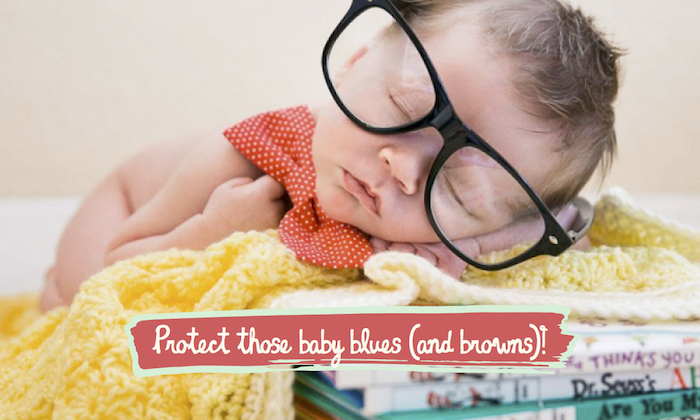
Did you know newborns are legally blind at birth? Baby eyesight develops gradually over the first year of life, so it’s important to monitor these vision milestones.
One of the many things parents of a newborn will often struggle with is the lack of the ability to communicate with their little bundle of joy. This can make important development issues like vision and eyesight problems difficult to detect and diagnose; particularly since babies’ vision is so poor anyway at birth — did you know they are technically legally blind? That’s why it’s recommended that an infant have their first eye exam at six months and then again at three years old.
But that’s a great deal of time to pass, from six months to three years, and a lot can happen in two-and-a-half years. This is the time that parents need to be especially vigilant when it comes to looking for potential problems with their baby’s eyes that can be corrected before any further damage can occur.
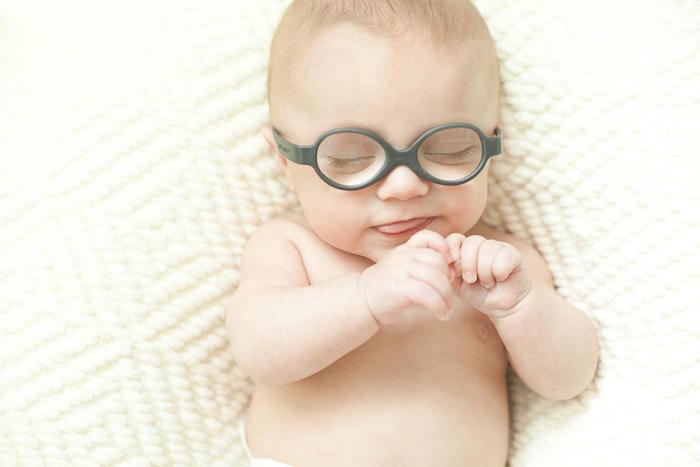
For example, strabismus (also known as being cross-eyed or a “wandering eye”) – when the eyes aren’t aligned properly – often occurs at infancy. Cases like these are estimated to affect around 5% of all children to some degree and, when left untreated, eventually the brain will lose the ability to recognize images coming from one of the eyes and this can cause permanent damage. However strabismus is highly curable through a number of different treatment options — early detection is the key!
A similar condition known as anisometropia can occur when each of the two eyes have a different level of retractive power individually, which can lead to an inability of the brain to reconcile the two images. It could be because one eye is nearsighted (myopia) and the other farsighted (hyperopia), and the brain makes a permanent choice of which eye to favor and will suppress the vision and recognition of the other.
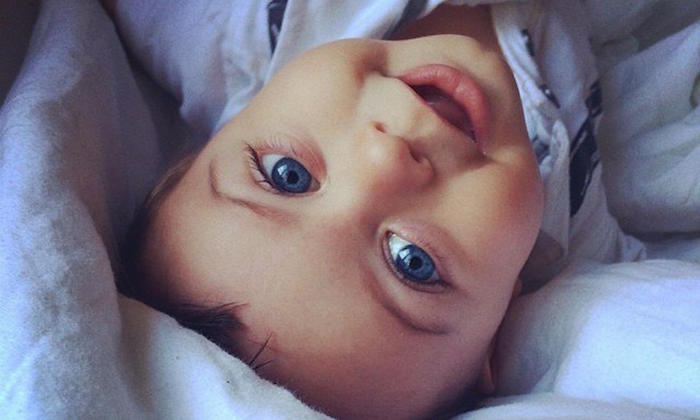
What To Watch For
Watch for any signs of abnormality in babies’ developing eyes, being improperly aligned as mentioned above, but also be on the lookout for:
- A lack of reaction to bright lights, mobiles and other visual stimulation
- An unusual spot in their eye(s) that may only show up in photographs
- Cloudiness or yellowing in their eyes
- Eyes that appear to be bulging or drooping
- Your baby squinting or rubbing their eyes more than what seems normal
- An infant that moves their head or hands in an unusual manner when looking at objects
- Excessive tearing or redness, crustiness on their eyelids that lasts more than a few days
- Eyes that seem to wiggle, jump or don’t remain still
- Not tracking objects with their eyes when items are moved from side-to-side
Any of these signs or symptoms are serious red flags and your infant should be taken to see a professional eye care specialist immediately.
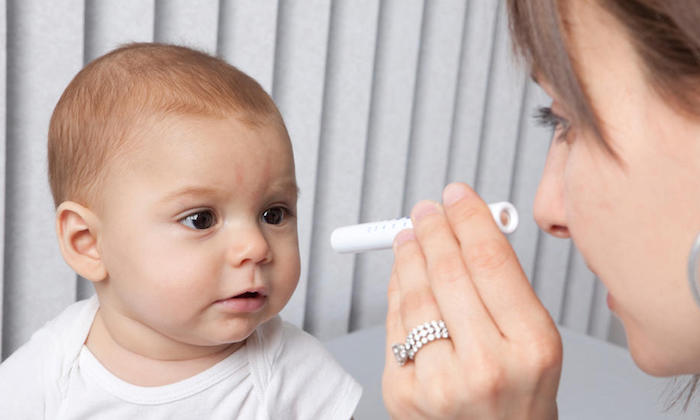
A Timeline For Assisting And Monitoring Vision
Focus and Tracking: Newborns are born to slowly begin to see events happening on the sidelines, aka peripheral vision, and as they continue to develop, this ability should be monitored for improvement. Along with hearing, they should notice the approach of items, especially noises and people coming in from outside to interfere with their immediate focus, usually at around two or three months of age.
Bright Lights and Images: At birth, a newborn’s eyes are particularly sensitive to the light after spending their gestation period inside their mother’s warm, safe and dark womb. After the first few weeks, their pupils will begin to adjust and they’ll start to enlarge and notice the changes between light and dark, while developing the ability to see images more clearly. After that, they should begin to be more responsive to faces and expressions, one of their favorite sights.
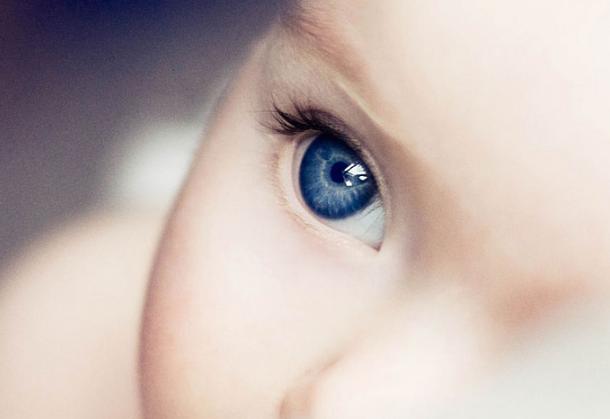
Depth of Vision: At around three or four months, babies begin to differentiate between colors, patterns and contrast. At this time, infants should start grabbing, reaching towards or recognizing objects within their direct line of sight, usually within one to three feet of their sightline. If any of these practices as mentioned above seems to be out of line, again, seek professional advice and care immediately.
Vision is arguably one of the most valuable of our senses, so early detection and prevention are our best offensive tools to defensively ensure it will last a lifetime. Keep an eye on your baby, literally, to make sure they’ll be seeing things clearly as they continue to grow. And if you need a reminder of how amazing the gift of sight can be for babies, mama, grab some tissues and watch this amazing video of an 8-month-old seeing clearly with glasses for the first time.






 View All
View All





 View All
View All











 View All
View All







